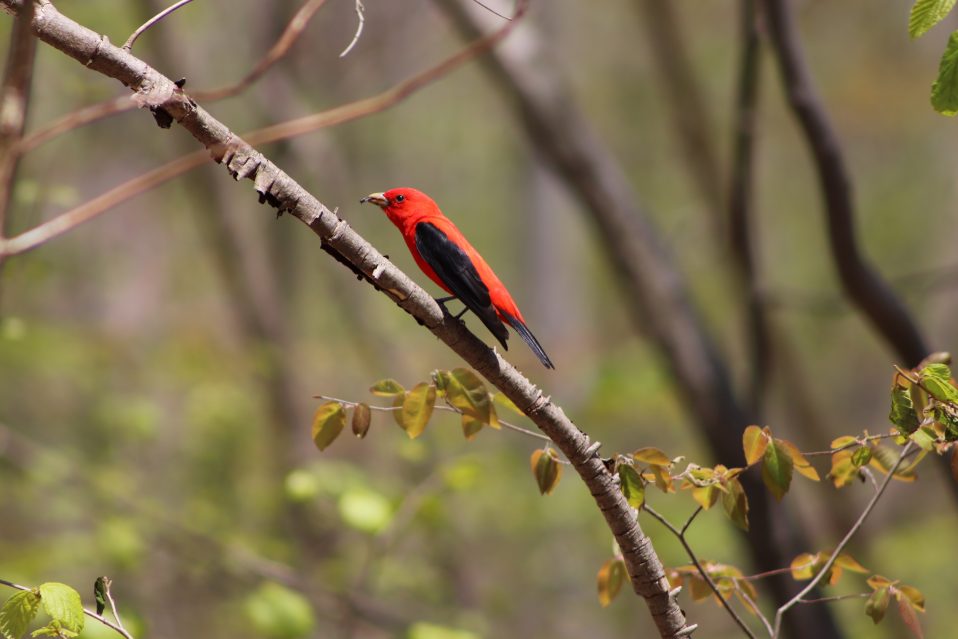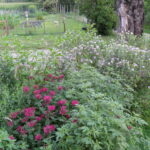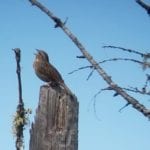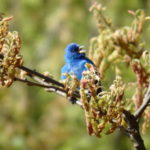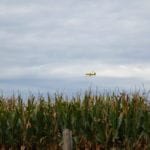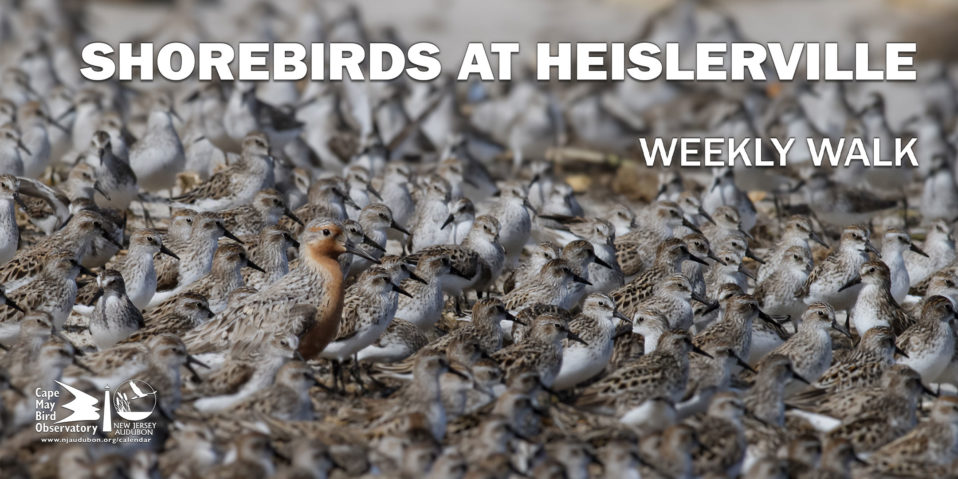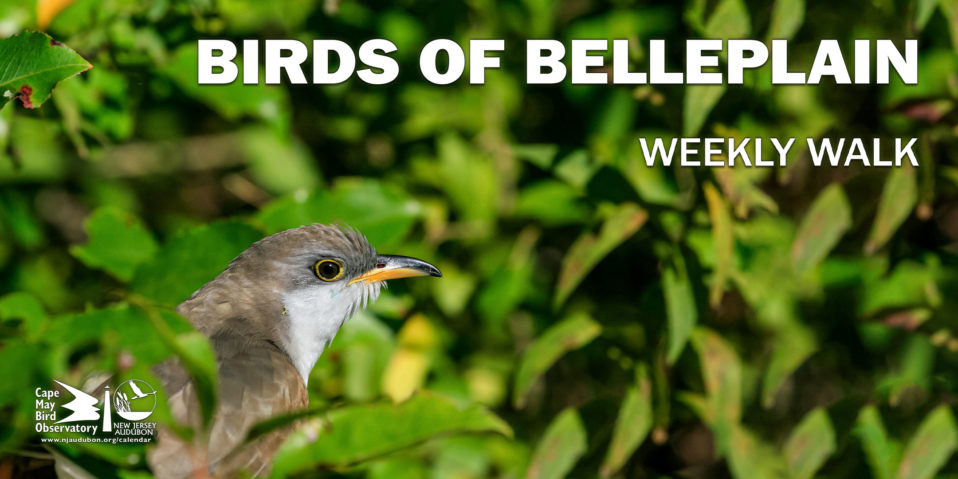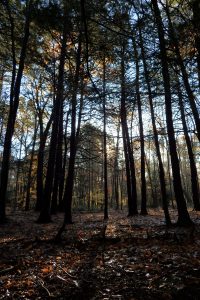
Shaded Forest Floor with No Regeneration. Photo by John Parke
There is no such thing as a “Shade-Loving” plant, plain and simple. In elementary school we learned about photosynthesis. Remember photosynthesis? The essential process of how plants, (except holoparasitic or semiparasitic plants) make food by an endothermic (‘takes in heat’) chemical process that uses sunlight to turn carbon dioxide into sugars that the plants cells can use as energy to grow? Sure you do!
Now, there are plants that are “shade-tolerant,” meaning some plants have an ability to tolerate low light levels to perform photosynthesis, it is just that shade-tolerant species can make do with less light. For these species, shade makes them more competitive than they would be with more light because they can outgrow less shade-tolerant species. They compete better in shade. The bottom line is sunlight is essential to a plant’s survival, even the holo or semi-parasitic plants that leach off their green host plant to receive their nutrients.
For the most part, when you think about the “shade tolerance” of plants, think of the relative ability of a plant species to compete for survival under shaded (in most cases less-than-optimal) conditions, a useful adaptation that varies among plant species.
Although photosynthesis and shade tolerance may be concepts that we learned in school, practice when we garden or farm, and have a general idea of how it works and what to consider when we choose plants to beautify our yards, shade tolerance is actually a pillar of ecological forestry and silviculture when it comes to developing stewardship plans for habitat restoration, wildlife management and forest health. This is because of shade or sun light’s enormous influence on vegetation survival, forest composition, forest age, forest structure and forest condition (health/resiliency/vigor).
According to the USDA-Forest Service: “An example of shade tolerant species is American Beech which only needs between 1-3 % of full light, grows slower, lives long and have a longer crown (tops of a tree) with lower branches that keep leaves longer than shade intolerant species. Shade intolerant species, like Aspen, may require as much as 60 % of full light to remain competitive and typically they have shorter, more open crowns, grow at smaller densities and tend to mature early, fruit sooner, and die younger. Finally there is an intermediate shade-tolerant species like Birch, that can be competitive with 10-30 % of full light – but their seedlings or seeds germinate under the existing forest canopy and will wait until a disturbance happens (death of a tree, windthrow, fire, cutting, etc.) that now provides more sunlight reaching the ground at which point they can respond with enhanced growth to fill the disturbance ‘gap’ in the existing forest canopy.”
This is how forest succession works and how a forest gets age class, structural and species diversity – which in turn correlates to what wildlife species use that habitat.
In the northeast, generally speaking, it’s not water availability that limits vegetation growth, but rather lack of light. There are many influencing factors to plant and tree growth and the ultimate development of a forest, which includes plant genetics, grazing pressure, diseases, pests, and competition, among other factors. It’s important to reflect on the history of forest use in NJ to consider why we have the forests we have today. Prior to European settlement Native Americans used fire to manage the forest and associated
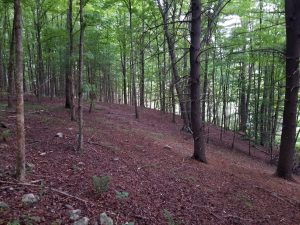
Even-Age Forest Restricting Sunlight from Forest Floor. Photo by John Parke
resources. Europeans cut down the forest at large scales, setting forest growth and development all to a similar time scale. More recently fire in the forest has been suppressed, timber harvesting, once common in New Jersey, has largely ceased, and now climate change and a preservationist mindset are influencing the growth patterns of forests.
These changes in the disturbance patterns of a forest experiences have resulted in forests that are largely of the same age (even-aged). The trees generally grew up together creating a closed canopy forest in many places. The shade cast by the closed canopy limits understory plant growth and development which in turn limits the structural and wildlife diversity in the forest. To read more about New Jersey’s forests, their health, age class distribution and other factors check out the U.S. Forest Service’s Inventory and Analysis data (https://www.fia.fs.fed.us/) and NJ’s Forest Action Plan (https://bit.ly/NJForestActionPlan).
Shade is not necessarily a bad thing, as it is part of forest succession; however, over large areas that also are impacted by other factors (i.e., deer browse, diseases, pests) too much shade becomes a pivotal influence. Shade constrains the growth and development of understory vegetation, its diversity and structure, which in turn influences wildlife diversity and forest functionality. When you consider that 39% of New Jersey’s threatened and endangered wildlife (not including marine animals) are associated with early successional or young forest habitat, it starts to put into perspective the importance of having a forest that is diverse, not just in the species of trees that it is comprised of, but in the need for a variety of tree species all of different ages.
So, what is one to do when developing habitat management prescriptions to encourage forest age class and species diversity, improve forest heath and resiliency and in turn provide critical habitat for suites of wildlife species? One solution is to FEMELSCHLAG!
The “Femelschlag” technique, was started in 1898 by Carl Schenck. A native of Germany, Schenck brought German forestry concepts to the United States where his Femeschlag technique has been touted by many experts in ecological forestry as a vital tool to help less shade tolerant trees such as oaks, hickories, sycamore and birches, and other vegetation that need more light, to regenerate.
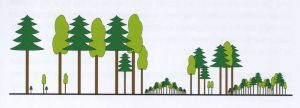
Gap Silviculture Technique – AKA The Femelschlag – Some Overstory Trees are Retained within Gaps Created Through Harvesting Trees, Resulting in Multiple Age Classes that are Distributed Spatially, while their Arrangement Varies Temporally.
Femelschlag is a forest management practice that is designed to emulate natural disturbance patterns and encourage tree species diversity in multiple-age classes, thereby enhancing ecosystem services and complexity. In other words, a designated area of an even-aged or mature forest is cut, with the exception of several individual high-quality trees (legacy or seed trees) or a group of trees (islands) in the management area. Natural regeneration then can occur at an accelerated pace in the newly created forest “gap” area in response to the increase in light reaching the forest floor from the removal of the other trees in the area. A simplified explanation is that with some of the former tree canopy removed more sunlight can reach the ground, stimulate the native seed bank in the soil, ultimately supporting seedings to grow around the reserved seed trees or island trees, creating new young forest conditions. Of course, where you implement the practice and the size of the cut will have an influence on what species regenerate or how wildlife respond. These are important factors to consider because of prior and current land-use matters. Post-agricultural soils can contain undesirable plant seeds and different or fewer nutrients capable of supporting plant and tree growth. Adjacent development patterns matter as well, non-native plants can spread from residential or commercial properties. However, cuts in the right locations at a larger scale provides native regeneration at accelerated rate that overwhelms impacts by deer browse or in some cases invasive plants. Whereas smaller cuts can become nothing more than a food plot for deer and can lead to increased invasive plant growth.

Forest Treatment Area Immediately after Harvest 2011. Photo by John Parke
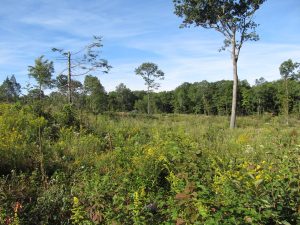
Forest Treatment Area After 1st Growing Season 2012. Photo by John Parke
NJ Audubon has been implementing the femelschlag technique, as well as other ecological forestry practices, for several years, primarily involving work associated with the recovery of the Golden-winged Warbler and in support of a suite of young forest dependent and associated species (wildlife and plants). Through this work numerous early successional associated native plants and wildlife have benefitted from the femelschlag technique including several forest interior breeding birds such as Scarlet Tanager, Wood Thrush and Ovenbird that use the new young forest to bring their young to forage due to the increased insect populations in the new growth.
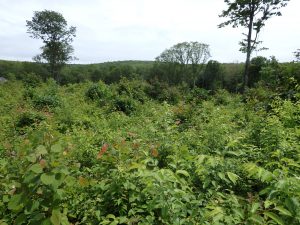
Native Young Forest Vegetation Quickly Regenerates and thrives After a Properly Planned and Executed Forest Thinning Practice Implemented by NJA. Additionally, Young Forests Are Excellent at Capturing Carbon as Young Trees Grow Quickly and are Able to Pull in Carbon Rapidly. Photo by John Parke
Recent studies and current data clearly show the need for diversity and resiliency in our forests in order to stand strong in the face of climate change, to continue to support other natural resources such as water quality, and to provide critical habitat for wildlife. Today’s proactive and informed land managers, academics, federal and state conservation agencies and science-based conservation organizations throughout the world are bringing disturbance back to the forest through ecological forestry techniques like femelschlag. Combined with prescribed burning and forest thinning, femelschlag is a focused regeneration establishment tool that produces results in a more accelerated fashion while being adaptable to site and climate conditions and can be expanded upon and flexible to meet wildlife and natural resource concerns.
For more information about NJ Audubon’s ecological forestry work or how to enroll in the Natural Resources Conservation Service’s Forestry Conservation Programs and find funding for your property contact New Jersey Audubon.
Do you #Femelschlag? Let us know on Twitter, Facebook, Instagram, or your preferred social platform!




